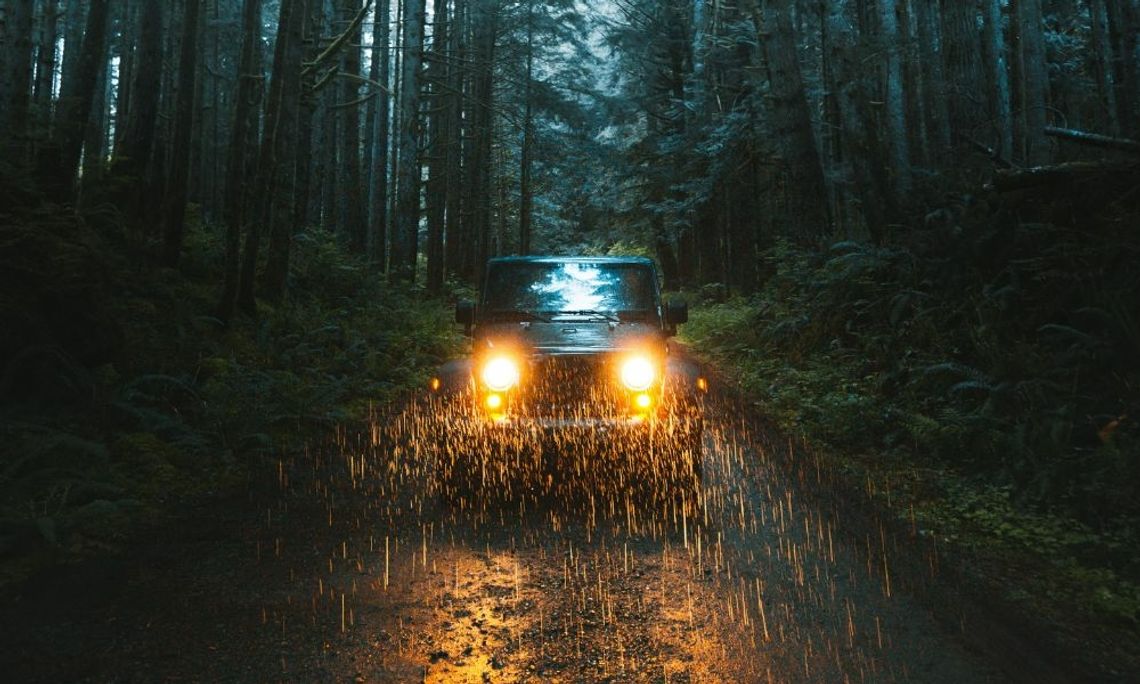There is nothing quite like the rush of off-roading. The adrenaline, the challenge, and the sense of adventure make it all worthwhile. Unfortunately, getting your vehicle stuck on the trails can quickly turn that excitement into frustration and even danger.
There are many techniques for performing vehicle recoveries on off-road trails, but you can avoid finding yourself in that situation with careful planning. Use the various ways to avoid getting stuck on off-road trails to navigate the path ahead with equal parts focus and fun.
Know Your Vehicle and Its Limits
Off-road trails can be unpredictable, and knowing your vehicle's limits is the first step to avoiding getting stuck. Different vehicles will handle various terrains in a multitude of ways, and it is essential to know your vehicle's ground clearance, approach and departure angles, and tire size.
Another helpful step is to remain aware of your vehicle's capabilities, such as the maximum angle at which it can climb and its traction control. Knowing these features is critical to understanding what types of terrain you can safely traverse and which to avoid. This information also makes it easy to upgrade your vehicle for your next off-road adventure.
Bring the Right Equipment
Having the right gear can mean the difference between getting stuck and getting back on track. Make sure to pack a shovel, traction boards, and a winch to help you out of sticky situations. Additionally, a reliable GPS device or maps can help you stay on course and avoid getting lost. It's also a good idea to carry extra fuel, water, and food, along with extra blankets and clothing to stay warm if you get stuck overnight.
Be mindful of your visibility, too. You should have a clear view of the trail ahead to ensure you can see any wildlife, fellow off-roaders, or hazardous terrain. Boosting visibility and illuminating safety hazards are some of the biggest benefits of adding more lights to off-road vehicles, so add LEDs to your equipment checklist.
Practice Good Trail Etiquette
Off-road trails are shared by many, and it is essential to be a responsible trail user. This means staying on designated trails and not creating new ones, which may lead to accidents. Good trail etiquette, such as minding your surroundings and your overall speed, will help you stay away from fragile environments and nearby hazards hidden off-trail.
Furthermore, it's crucial to respect other trail users, including hikers, bikers, and horseback riders. By following proper trail etiquette, you'll avoid unnecessary risks, preserve the environment, and ultimately have a better off-roading experience.
Off-roading can be a thrilling and exhilarating way to explore the outdoors, but it's essential to be safe and prepared. Knowing your vehicle, practicing good trail etiquette, and bringing the right equipment are three key strategies to ensure that you stay on track and avoid getting stuck on off-road trails. Remember to always prioritize safety and responsibility when off-roading so that you have a successful and memorable trip.


Comment
Comments